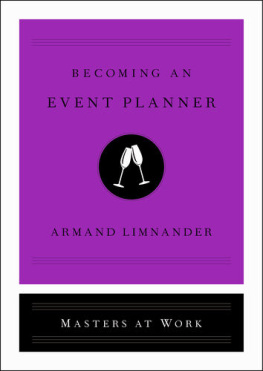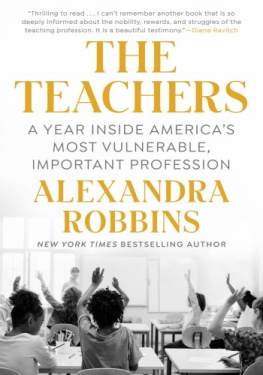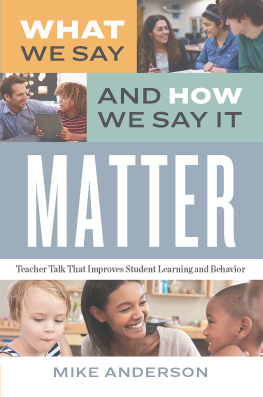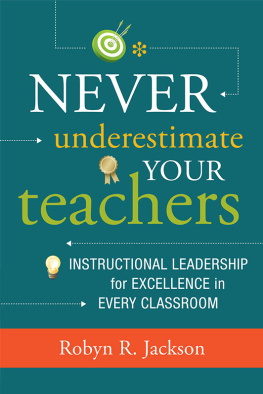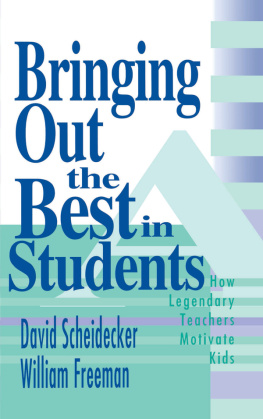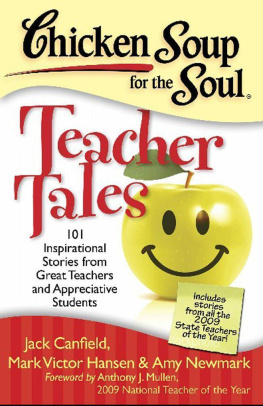Contents
Guide

M ASTERS AT W ORK

B ECOMING A N EUROSURGEON
B ECOMING A V ETERINARIAN
B ECOMING A V ENTURE C APITALIST
B ECOMING A H AIRSTYLIST
B ECOMING A R EAL E STATE A GENT
B ECOMING A M ARINE B IOLOGIST
B ECOMING AN E THICAL H ACKER
B ECOMING A L IFE C OACH
B ECOMING A Y OGA I NSTRUCTOR
B ECOMING A R ESTAURATEUR
B ECOMING A P RIVATE I NVESTIGATOR
B ECOMING A B AKER
ALSO AVAILABLE
B ECOMING A S OMMELIER
B ECOMING A C URATOR
B ECOMING AN A RCHITECT
B ECOMING A F ASHION D ESIGNER
B ECOMING A S PORTS A GENT
B ECOMING AN I NTERIOR D ESIGNER
B ECOMING A F IREFIGHTER
B ECOMING A N URSE
B ECOMING A V IDEO G AME D ESIGNER
B ECOMING A M IDWIFE
B ECOMING A T EACHER

Simon & Schuster
1230 Avenue of the Americas
New York, NY 10020
www.SimonandSchuster.com
Copyright 2020 by Simon & Schuster, Inc.
All rights reserved, including the right to reproduce this book or portions thereof in any form whatsoever. For information, address Simon & Schuster Subsidiary Rights Department, 1230 Avenue of the Americas, New York, NY 10020.
First Simon & Schuster hardcover edition September 2020
SIMON & SCHUSTER and colophon are registered trademarks of Simon & Schuster, Inc.
For information about special discounts for bulk purchases, please contact Simon & Schuster Special Sales at 1-866-506-1949 or
The Simon & Schuster Speakers Bureau can bring authors to your live event. For more information or to book an event, contact the Simon & Schuster Speakers Bureau at 1-866-248-3049 or visit our website at www.simonspeakers.com.
Illustrations by Donna Mehalko
Jacket design by Alison Forner
Jacket art by Tovovan/iStock/Getty Images and Kathykonkle/Getty Images
Library of Congress Cataloging-in-Publication Data has been applied for.
ISBN 978-1-9821-3990-2
ISBN 978-1-9821-3991-9 (ebook)
I celebrate teaching that enables transgressionsa movement against and beyond boundaries. It is that movement which makes education the practice of freedom.
bell hooks
INTRODUCTION
O ver fifty million children return to Americas public school classrooms every year. Across over 98,000 schools in some 13,600 local school districts, spanning big cities, small towns, and rural communities across the country. More than any other public institution, schools transmit the norms and values that underpin and define Americannesschiefly through students daily contact with our nations more than three million public school teachers. This book tells the story of one master teacher in the enormous, messy, and complex system of American public schooling.
Entire volumes have been written about teaching. In its purest form, teaching hinges on the connection between one teacher and dozensor even hundredsof students. How does a teacher set academic goals and move them forward? How does a lesson unfold? How much of teaching is improvisation? How can what occurs in a classroom transform a childs sense of self and value outside of school? Here you will encounter the nitty-gritty of the profession. From an unconventional path to the classroom and licensure struggles, to an eye-opening rookie year, the tenacity required in the early years, and the path toward mastery. The less glamorous parts of teaching, and the unique experiences of Black teachers, round out the story.
When LaQuisha Hall arrived in Baltimore in 2003, she was twenty-one, recently transplanted from North Carolina, and a fresh-faced hire as an English teacher in Baltimores public schools. Her seventeen-year career in Charm City is dotted with stints in Baltimore middle and high schools, including a yearlong assignment at the citys alternative school for students removed from neighborhood schools.
Hall is an artist; a life coach; a pageant winner; and an advocate for sexual assault survivors. Every piece of her identity funnels into her teaching. For close to two decades, she has conceived and carried out creative, empowering, and culturally responsive lessons that sharpen students reading, writing, and life skillsresulting in her selection as the 2018 Baltimore City Schools Teacher of the Year.
Her school, Carver Vocational-Technical High School, is a supporting actor in the story. Named after the famous Black inventor George Washington Carver, it was founded in 1925 as a vocational school for Black students during the era of de jure school segregation. Today the school prepares its nearly entirely Black student body for certifications in a variety of trades, including cosmetology, carpentry and electrical construction, and food and beverage management. A separate program (P-TECH) creates a pathway for students to graduate high school with a diploma and a two-year associates degree. The school is a fixture in the city, with its revered history and generations of graduates living in and around Baltimore.

I am a product of public schools with conscientious and committed teachers. But none stood out from the rest. I benefited from the education I received. But teaching is much more than pouring facts into a childs head. Here is a portrait of a dynamic, unforgettable teacher who is making an indelible mark on the young people she serves, as I observed firsthand in the 201819 and 201920 school yearscomprising her sixteenth and seventeenth years in teaching. What follows is also a scrutinizing look at the system in which she works that contributes to the larger conversation about the state of public education.
Modeling the best of her profession, Hall is a springboard to enlighten and bring clarity to a very much maligned and misunderstood job. Spotlighting teachings wonders and warts serves as a primer for aspiring teachers, an affirmation for current teachers, and a wake-up call for those who care about sustaining this noble profession.
COUNTDOWN
G ray clouds hang low over Carver Vo-Tech High School in the closing weeks of the school year. Here in West Baltimores Coppin Heights neighborhood, neatly maintained homes and boarded-up rowhouses coexist in a community that boasts a heavy police presence, but not one major chain supermarket or bookstore. Coppin Heights stands in sharp contrast to the Inner Harbor, Baltimores showpiecea tourist attraction a few miles away on the waterfront. Carver Vo-Tech is the prototypical urban high school: a sprawling redbrick structure, towering over the nearby buildings and engulfing the entire corner. The front office greets visitors with W ELCOME TO C ARVER , H OME OF THE B EARS opposite a barren foyer that houses an unmanned metal detector. LaQuisha Hall, smiling brightly, swings open the door, fluid and playful in a flowing summer dress of emerald green, navy blue, and orange, with gold-streaked Senegalese twist braids. She is cheerful, her loose ponytail swinging as the call-and-response of Good morning, Mrs. Hall! Good morning, queen! How are you, king? is repeated. The route to her classroom is an obstacle course, weaving through slow-moving youngsters in blue polo shirts and khaki pants, the Carver school uniform. The long hallwayadorned with inspirational quotes from Henry Ford, William Butler Yeats, and Margaret Meadis a throwback to a more staid era.

